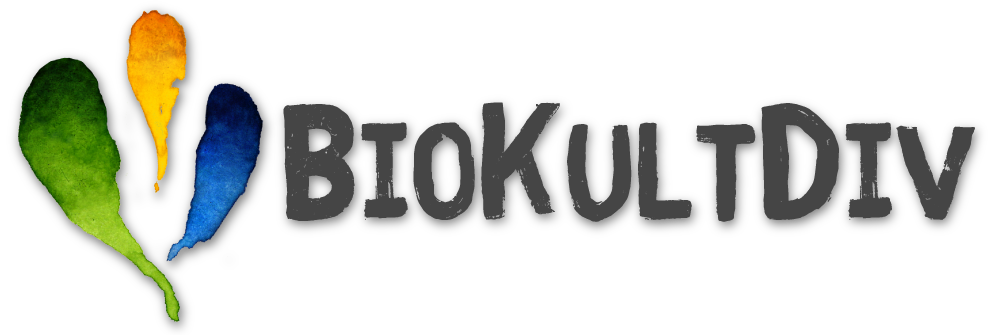Life in the heart of a Chiquitano village

Last year, two of our researchers were finally able to travel again and went on fieldwork for about three months. They visited four indigenous communities in the Chiquitania region in the western lowlands of Bolivia.
The research focus of this field work was on agriculture and people’s daily lives, and what is really important to these people. While traveling through the communities, they met many interesting people, who had many interesting stories to tell.
People shared many aspects of their daily life that are meaningful to them. And beyond producing academic publications, we felt it is also fundamental to share some of these stories that connect the local circumstances and communities. We agreed with them to share some of these stories more broadly so they could be known inside and outside of their communities.
People from the Chiquitania sometimes have very similar experiences and values and communicating those might trigger learning and exchange processes among the communities and make local realities more visible for a wider public.
Social media has turned out to be a relevant communication tool for this because people from Chiquitania use it on a daily basis. One of the tools for communicating the local realities of the communities is the use of Facebook for storytelling, as this social media is used by people from the indigenous communities. We created an alliance with a local NGO (Voces Indígenas), who works on radio, podcasts, and social media programs to share stories about indigenous people’s life, struggles and initiatives in the Chiquitania and Santa Cruz areas. We use photos and small texts for storytelling, which are worked together with Voces Indígenas on their Facebook page (see below).
In addition, a short podcast series is planned to be broadcasted on local radio stations and social media, as well as a small book to be distributed in the communities. This is especially important for people who do not have access to the internet.

Which hones do you think is the “más linda”?
We did a small whats app survey with people of the communities of which we had their contact. We asked them which honey they thought was ‘más linda’. This expression is used to define somehting that they consider is good. We asked this in order to have information (besides what we got to know on the field) about which honey was preferred and thus with which bee to work with when we go back to the field

